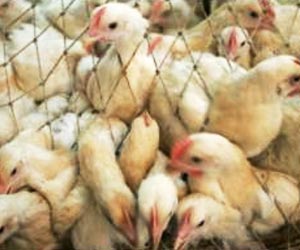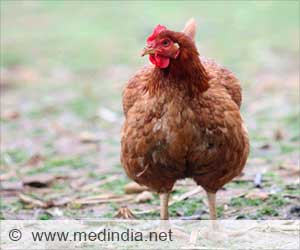MARGARET CHAN, the new head of the World Health Organization (WHO), is calling for renewed vigilance against avian flu
MARGARET CHAN, the new head of the World Health Organization (WHO), is calling for renewed vigilance against avian flu.
She’s right. Recent outbreaks in South Korea, Hong Kong, Indonesia and Vietnam have been reported. There’s no confirmation yet, but the death of an Indonesian recently was probably due to a mutated H5N1 virus that could be transmitted from person to person. In any case, flu pandemic is overdue and could happen during the winter months.The Departments of Health and Agriculture, it seems, have not gone beyond surveillance. There’s, as far as I know, no detailed and enforceable plan of action in case of a bird-flu outbreak.
I have no idea how the Avian Flu Preparedness Committee works, but from the scanty reports months ago in the press, the committee’s main concern was the budget to prepare a national plan. And again, as far as I know, no such plan had been formulated.
The DOH and the DA will probably contest my statements. So let me be very clear about what I mean by a preparedness plan.
Such a plan should assume that an outbreak has happened. How do we contain it? What are the steps that should be taken to characterize the virus? Who should do it and how long will the laboratory tests take?
In the meantime, what should they be doing? Obviously, they have to procure the correct vaccine. Since we do not have the capability to produce the vaccine, we have to go through the WHO to acquire the necessary stocks.
Advertisement
Producing the vaccine could take anywhere from 4 to 6 months, using the information that’s in the website of the Centers for Disease Control and Prevention (CDC) in the US.
Advertisement
But effective or not, nonpharmacological interventions have the undoubted value of alerting the population to preventive measures and ensuring a defense until the vaccine arrives.
As Dr. Morse pointed out the often-neglected area between the protection of persons and the community is what he called the “excluded middle”—public buildings, work places, shopping areas and homes. Immediate attention should be given to them because it’s not possible to prevent people from moving about in the early stages of a pandemic.
A national preparedness plan should be detailed and clear in the interphasing of the components of the plan of action.
Perhaps these tasks are too much for overloaded agencies like the DOH and the DA. The President is well advised to transfer this responsibility to another agency that has the technical, financial and enforcement means.
Until all this is done we cannot claim to have a national avian-flu preparedness plan.
Source-Bio-Bio Technology
SRI




